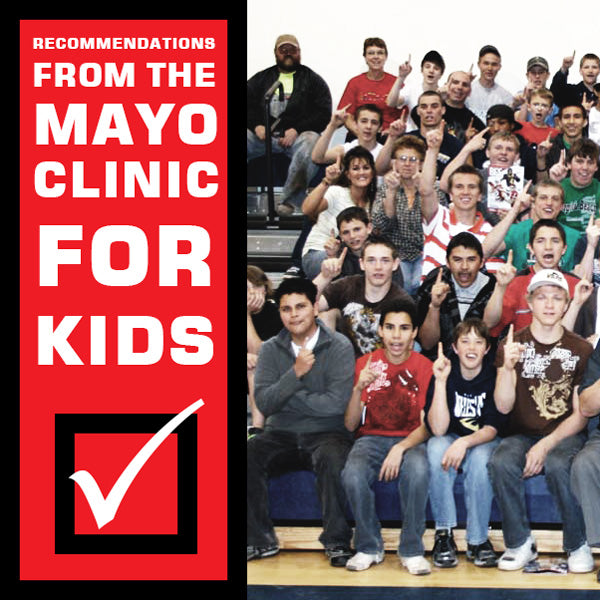Recommendations From the Mayo Clinic

Notes from the BFS Total Program Camps and Certifications
Don’t confuse strength training with weight lifting, bodybuilding or powerlifting. These activities are driven by competition, with participants vying to lift heavier weights or build bigger muscles. This can put too much strain on young muscles, tendons and growth plates especially when proper technique is sacrificed in favor of lifting a larger weight.
For kids, light resistance and controlled movements are best, with emphasis on proper technique and safety. Your child can do many strength training exercises with his or her own body weight. Free weights and machine weights are other options.
*Benefits of Strength Training For Youth
• Increase your child’s muscle strength and endurance
• Help protect your child’s muscles and joints from sports-related injuries
• Improve your child’s performance in nearly any sport, from dancing and figure skating to football and soccer
• Develop proper techniques that your child can continue to use as he or she grows older
When to Begin Strength Training
In childhood, kids improve their body awareness, control and balance through active play. As early as age 7 or 8 strength training can become a valuable part of an overall fitness plan, as long as the child is mature enough to follow directions on proper technique. If your child expresses an interest in strength training, remind him or her that strength training is meant to increase muscle strength and endurance. Bulking up is something else entirely.
*BEGINNING A STRENGTH TRAINING PROGRAM FOR YOUTH
• Seek instruction. Start with a class or coach who has experience with youth strength training.
• Warm-up and cool down. Encourage your child to begin each strength training session with five to 10 minutes of light aerobic activity, such as jogging or jumping rope. This warms the muscles and prepares them for more vigorous activity. Stretching after each session is a good idea, too.
• Keep it light. Kids can safely lift adult-size weights, as long as the weight is light enough. In most cases, one set of 12 to 15 repetitions is all it takes. Resistance tubing and body-weight exercises, such as pushups, are effective options.
• Stress proper technique rather than focusing on the amount of weight your child lifts. Your child can gradually increase the resistance or number of repetitions as he or she gets older.
• Supervise. Adult supervision by someone who knows proper strength training technique is an important part of youth strength training. Don’t let your child go it alone.
• Rest between workouts. Make sure your child rests at least one full day between exercising each specific muscle group. Two or three strength-training sessions a week are plenty.
• Keep it fun. Help your child vary the routine to prevent boredom.
*MAYO CLINIC © 1998-2015 Mayo Foundation for Medical Education and Research. All rights reserved.
TURN YOUR PROGRAM AROUND!
Weight Room Safety/Strength Certification Online!
Improve athletic performance AND weight room safety.
The proven BFS Total Programis the best way to train Students and Athletes. Make this winning program part of your training. With 6 video modules, over 5 hours of content, online theory test, this certification is the complete course.
